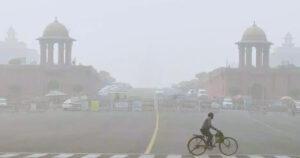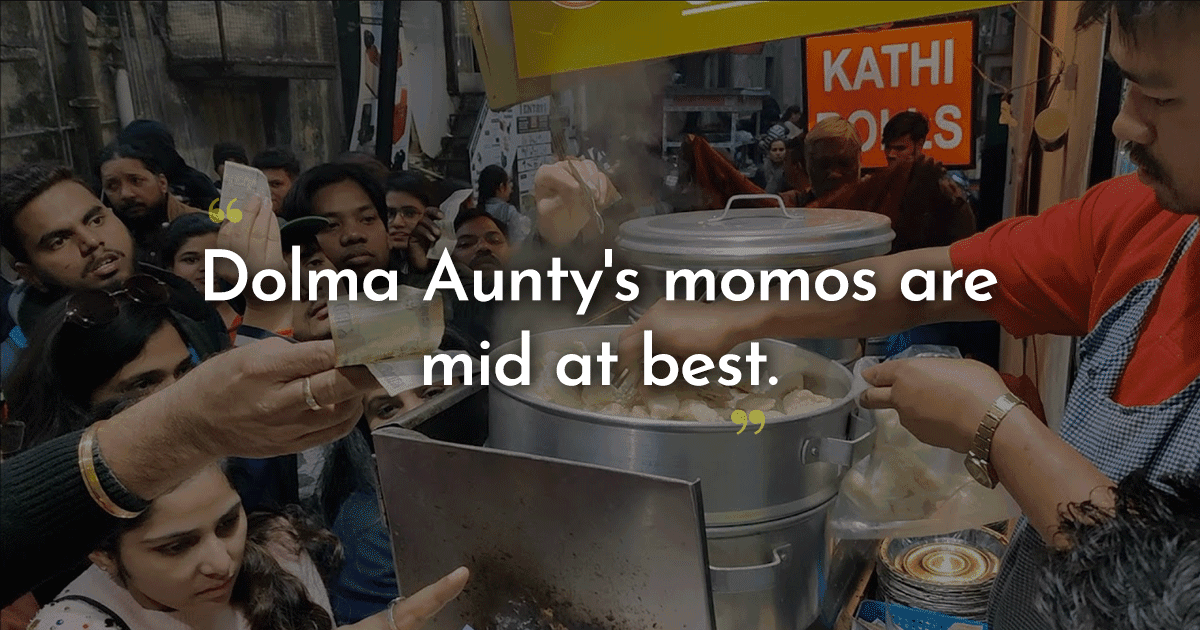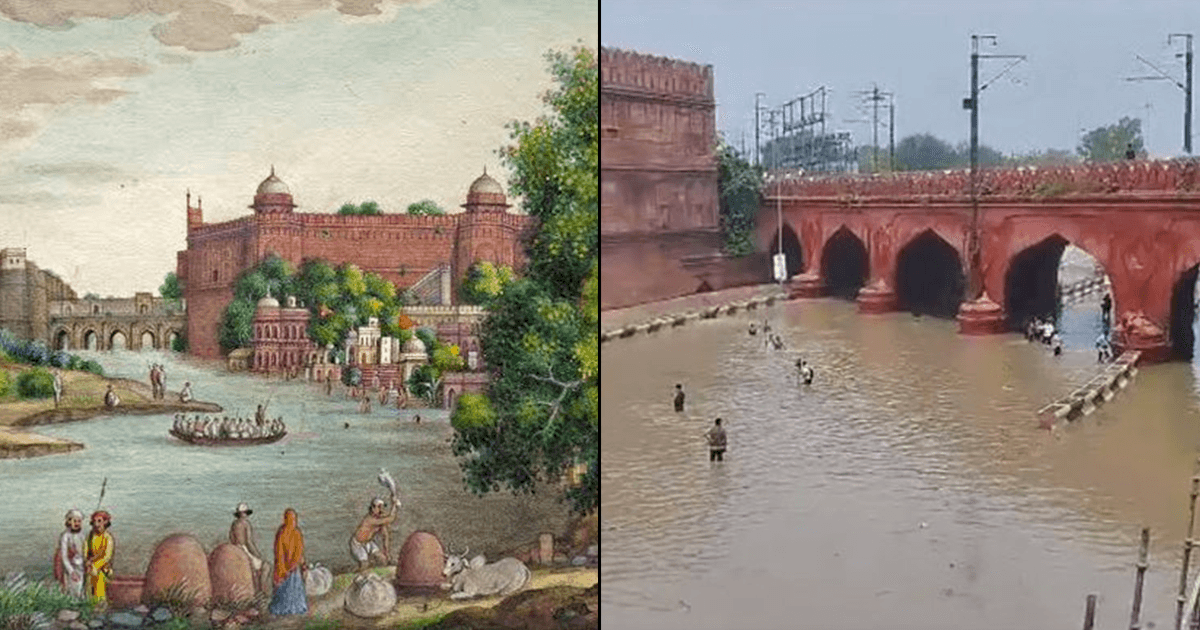If you’ve ever been to Delhi NCR around November, you already know the story. The air gets thicker, the sun starts looking like a sad yellow blob, and every Delhiite’s Google search history is packed with keywords like “air purifier deals” and “escape from Delhi winter”. So, let’s take a look back at how the capital’s air has fared in the last 10 years during this infamous month, and spoiler alert, it hasn’t been pretty.

1. 2013: The Year We Realized Winter Air Is a Different Kind of Chilly
Back in 2013, we were just starting to get a whiff (literally) that something was off with Delhi’s winter air. AQI wasn’t the hot topic it is today, but people started noticing. The air was no longer that crisp winter breeze; it was more like a “why is my throat scratchy” kind of vibe.
2. 2014: The PM2.5 Reality Check
Enter PM2.5—a tiny pollutant with huge implications. Suddenly, there was talk of how these particles could easily slip through your lungs and make themselves comfortable. November 2014 showed an AQI average that was borderline alarming, and people started swapping chai discussions for “so, did you get an air purifier?”
3. 2015: When the Masks First Came Out (But For Pollution, Not a Pandemic)
2015 saw pollution levels hit the “red zone” regularly. It was the year Delhiites realized they’d need more than a sweater to get through winter—they needed masks too. And not just any masks, we’re talking N95s. Yep, this was a pre-pandemic mask fashion moment, courtesy of November.
4. 2016: The Year of the ‘Great Smog’
Ah, November 2016. A year that earned the “smogpocalypse” title. PM2.5 levels skyrocketed past safe limits, and the smog was so thick that flights were canceled, and visibility was a joke. People started using words like “toxic” and “hazardous” as casually as “good morning.” It wasn’t a vibe, it was a crisis.
5. 2017: Odd-Even Drama (Round 1)
By now, pollution levels had become a political issue. In November 2017, the Delhi government introduced the odd-even scheme to curb vehicle emissions. Opinions were mixed, but honestly, the air quality didn’t seem too impressive. The month still saw the AQI hovering in the “very poor” to “severe” categories.
6. 2018: When the Supreme Court Said, ‘Enough Is Enough’
Fed up with seeing Delhi disappear in smoke every November, the Supreme Court banned firecrackers for Diwali that year. But between crop burning and vehicular pollution, the relief was short-lived. The air continued to turn from bad to worse, and “lung damage” became a regular health concern.
7. 2019: Delhi’s AQI Readings Became International Headlines
By 2019, it wasn’t just Delhiites but international media that was paying attention. November brought AQI numbers so high that it felt like Delhi was trying to set a new pollution record. News outlets around the world reported Delhi’s November haze, and global memes about the capital’s air started popping up.
8. 2020: The Pandemic Year—A (Temporary) Breath of Fresh Air
With the pandemic and lockdowns in full swing, November 2020 was a bit of a surprise. There was a brief respite in pollution levels as traffic dropped, construction halted, and industries slowed down. But post-Diwali, pollution crept back, reminding us all that “nature was healing” was a temporary vibe.
9. 2021: Firecrackers, Crop Burning, and the Return of the Smog
November 2021 was a throwback to the bad old days. With COVID restrictions easing, pollution levels shot up again. Crop burning continued, firecrackers were still sneaked in, and the haze returned with a vengeance. It was like the city had forgotten about the brief improvement of the year before.
10. 2022: Will November Ever Be Clean Again?
Some reports said that Delhi’s AQI improved in November 22 compared to what it was in November 2021. It recorded an AQI of 221.
11. 2023: AQI level surpassed 400
By 2023, it seemed like we hit a new level of resignation about Delhi’s November haze. News stories weren’t so much about shock anymore as they were about acceptance. The AQI hovered mostly in the “severe” zone, with PM2.5 levels routinely surpassing 400 in some areas, making it almost impossible to step outside without some serious air filtration gear.
11. 2024: Will it end anytime?
And here we are in 2024, where “will Delhi NCR’s air ever improve?” has become a November tradition. Every year, we hope for clearer skies, fewer pollution alerts, and fewer coughs. But it’s not looking great. This year’s AQI numbers are grim, and the solutions seem as foggy as the air itself. The AQI has surpassed 700.
So, What Now?
Delhi NCR’s pollution crisis isn’t just a seasonal inconvenience; it’s a public health nightmare that’s been creeping up for a decade. With crop-burning alternatives, stricter policies, and public awareness, there’s hope for change, but November still looms like a hazy, cough-filled reminder that the battle’s far from over.

















